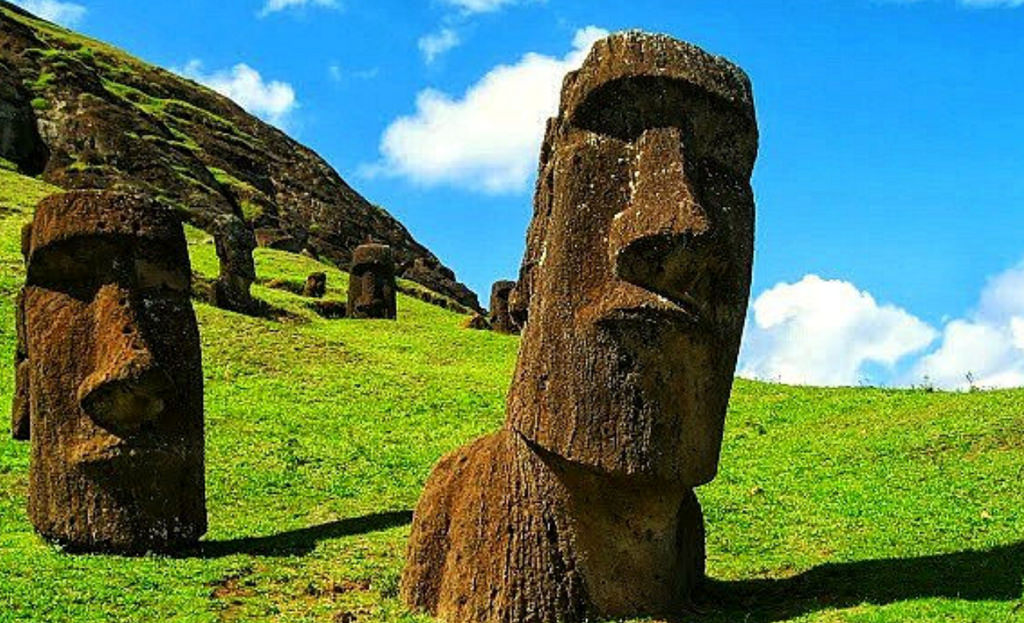The Secret of “Moai” Statues on Easter Island, Finally Revealed By Scientist, Reportedly

A team of researchers from Binghamton University, in New York, believed they have finally solved one of the mysteries surrounding the “Moai” statues of Easter Island (“Rapa Nui” in the local language), and that they finally found out the reasons behind the stones specific locations.
According to the conclusions of Professor Carl Lipo, the co-author of the study published in the scientific journal Plos One, the majority of the “Moai” statues are located near sources of fresh water. The researchers venture to say that specific characteristics of the structures, such as their size, could be directly related to the quality and abundance of the water in that particular place.
To reach those conclusions, a relationship of proximity was initially sought with natural deposits of the volcanic rock that the Easter Island people used to make their tools and build the “Moai” statues, but the results did not point in that direction. Instead, the scientists discovered that most of the “Moai” statues they studied were either close to the coast or to gardens, crops or wells, something that aroused the interest of the researchers.
The Secret of “Moai” Statues on Easter Island, Finally Revealed By Scientist, Reportedly
The island of “Rapa Nui,” or the Easter Island, where the “Moai” statues are located, has no permanent freshwater courses, and very little evidence has been found that its former residents consumed the water that accumulates in the island’s lakes.
Instead, the freshwater is filtered through the soil into natural aquifers accessed through caves, and it surfaced back to the surface in coastal areas. That’s something that scientists discovered when, at low tide, they saw horses drinking from the ocean. Almost all the “‘Moai’ statues were close to these coastal areas, but the exceptions were also narrow to some of these historic wells or caves,” says Lipo.
Beyond being mere markers pointing to freshwater sources, the authors of the study believe that the “Moai” statues [of the Easter Island] were also a way for these groups to compete and interact, demonstrating the quality and abundance of the resources that a given community possessed. The leading author, Carl Lipo, assures that “the community and cooperation were essential in the construction of the ‘Moai’ since anything that unites the community makes it stronger and allows it to survive. I believe that is the secret of Easter Island.”
0 comments